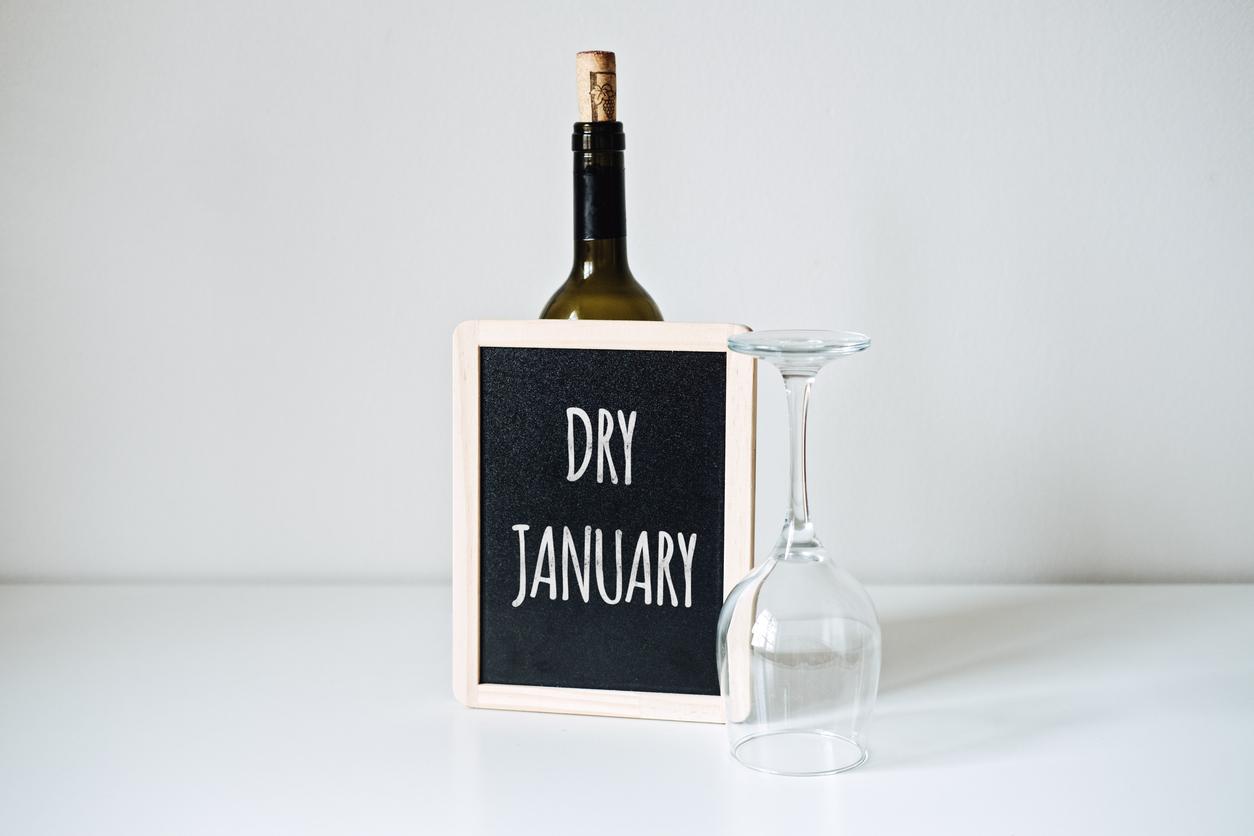Depending on the country, the standard alcohol dose may vary by 250%. Responsible consumption recommendations are also very variable.

A standard drink of alcohol is not the same in the United States, Austria or the United Kingdom. A study conducted by researchers at Stanford University, and published in the scientific journal Addiction, shows that the definition of a standard lens can vary up to 250%.
In Iceland and the United Kingdom, the definition of an alcohol dose is 8 grams of alcohol, it is on the other hand 10 grams for France and the World Health Organization (WHO). In the United States, the amount climbs to 14 grams and even 20 grams in Austria. An 8 gram dose of alcohol is equivalent to a 250 ml glass of beer, 76 ml of wine, and 25 ml of spirits. But the size of the glasses, which vary greatly, and the indication of the proportion of alcohol, in degrees or percentage, are all factors which can make it difficult to estimate the dose absorbed by the consumer.
Consumption differs between cultures
The researchers also compared the benchmarks of responsible consumption. This is defined as the amount of alcohol absorbed per day and per week without causing adverse health effects. The study indicates that in Australia, no difference is made between men and women, who should not drink more than 20 grams per day. In the United States, the threshold for women is 98g per week, and 196g for men. These figures are far behind Poland where consumption is considered responsible, for men, below 280g per week. Finally, the threshold defined by the WHO and France is 30 grams per day for a man and 20 grams for a woman. “This variability of definitions reflects the need for a thorough study of responsible alcohol consumption and to understand the cultural differences between countries,” says Keith Humphreys, professor of psychiatry at Stanford University and co-author of the publication. .
France, a big consumer
Alcohol consumption is down slightly in France. This is the only good news that can be found in a report published by the OECD in 2015, because France remains one of the largest consumers of alcohol among the 34 countries concerned by this survey. In 2012, annual alcohol consumption in France was estimated at 11.8 liters of pure alcohol per capita against 9.1 liters on average in OECD countries. The study also shows that women with a high level of education are twice as likely to adopt harmful consumption as women with a low level of education. The reverse is true for men where those with a lower and average level of education are more at risk.
.















